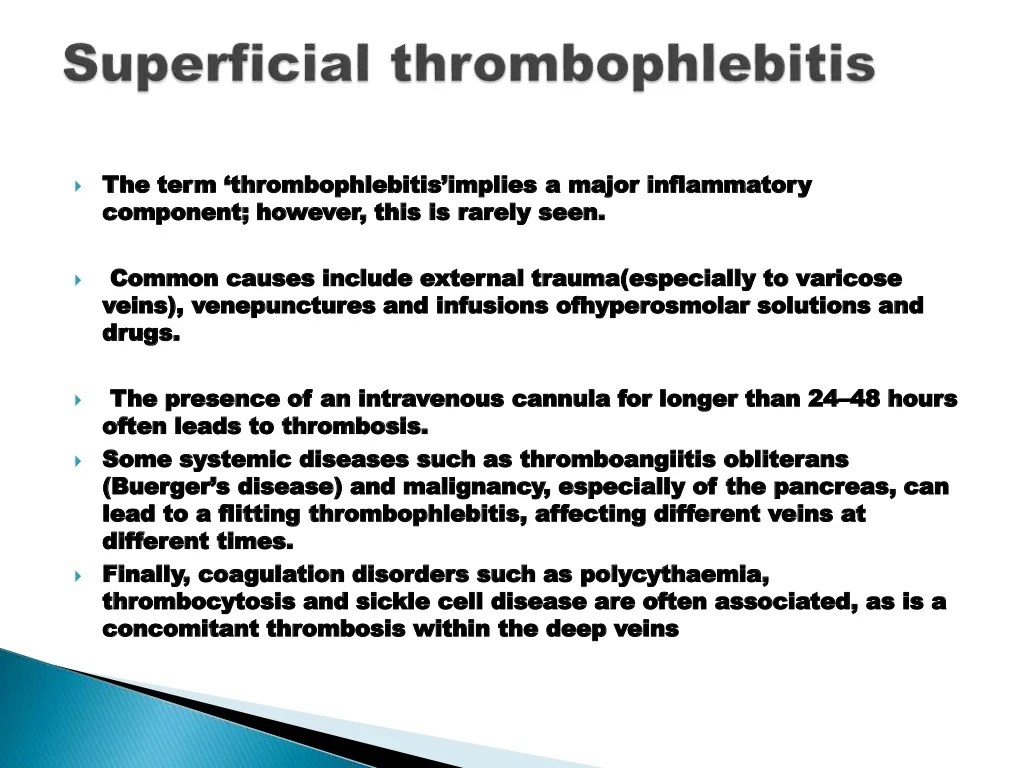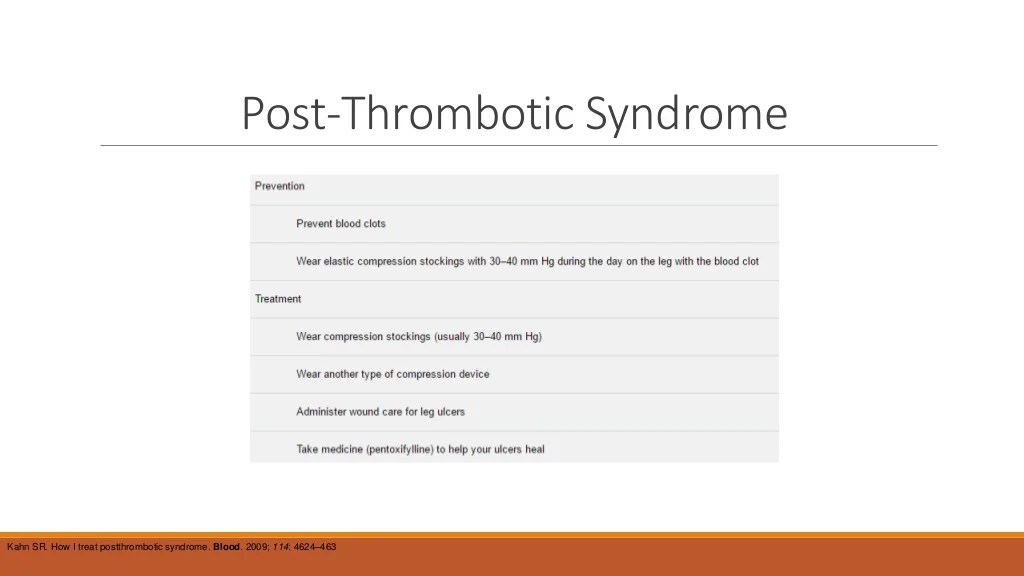Hesi case study deep vein thrombosis – In the realm of medical case studies, the HESI Case Study on Deep Vein Thrombosis (DVT) stands out as a comprehensive exploration of this prevalent condition. Through an in-depth analysis of the HESI score, clinical manifestations, risk factors, treatment strategies, and patient outcomes, this study sheds light on the complexities of DVT, empowering healthcare professionals with a deeper understanding of its prevention, diagnosis, and management.
The HESI score, a valuable tool in assessing DVT risk, is meticulously dissected, revealing the interplay between its components and their significance in predicting DVT development. The clinical manifestations of DVT are vividly described, providing a clear picture of the signs and symptoms that should raise suspicion.
Imaging techniques, such as ultrasound and CT scans, are examined for their crucial role in diagnosing DVT, distinguishing it from other conditions with similar presentations.
HES Score for Predicting Deep Vein Thrombosis (DVT)

The HES score is a clinical prediction rule used to assess the risk of deep vein thrombosis (DVT) in hospitalized patients. It was developed by the Haemostasis and Thrombosis Research Group in the United Kingdom and has been validated in several studies.
The HES score is calculated based on the following factors:
- Age
- Sex
- History of DVT or pulmonary embolism
- Recent surgery
- Immobilization
- Cancer
- Estrogen use
- Obesity
- Varicose veins
Each factor is assigned a point value, and the total score is used to determine the patient’s risk of DVT.
The HES score is a useful tool for identifying patients at high risk of DVT. It can be used to guide decisions about prophylaxis and treatment.
Clinical Manifestations and Diagnosis of DVT: Hesi Case Study Deep Vein Thrombosis
Deep vein thrombosis (DVT) is a condition in which a blood clot forms in a deep vein, typically in the legs or pelvis. It can cause significant morbidity and mortality if left untreated. The clinical manifestations and diagnosis of DVT are crucial for timely and effective management.
Clinical Signs and Symptoms
The clinical signs and symptoms of DVT vary depending on the location and severity of the clot. Common symptoms include:
- Pain or tenderness in the affected leg or pelvis
- Swelling of the affected limb
- Warmth or redness in the affected area
- Discoloration of the skin (e.g., bluish or purplish)
- Cramping or aching in the calf
Imaging Techniques
Imaging techniques play a vital role in diagnosing DVT. The most commonly used imaging modalities include:
- Ultrasound:Doppler ultrasound is the first-line imaging technique for diagnosing DVT. It uses sound waves to visualize blood flow in the veins and can detect blood clots.
- CT scans:CT scans can provide detailed images of the blood vessels and surrounding structures. They can be used to confirm the presence of a DVT and assess its extent.
- Magnetic resonance imaging (MRI):MRI uses magnetic fields and radio waves to produce detailed images of the blood vessels. It can be useful for diagnosing DVT in atypical locations or when other imaging techniques are inconclusive.
Differential Diagnosis
The differential diagnosis of DVT includes conditions that can cause similar symptoms, such as:
- Cellulitis
- Muscle strain or injury
- Lymphedema
- Superficial thrombophlebitis
A thorough medical history, physical examination, and appropriate imaging studies are essential for accurate diagnosis and to rule out other potential causes.
Risk Factors for DVT

Deep vein thrombosis (DVT) is a serious condition that can lead to life-threatening complications, such as pulmonary embolism (PE). There are many risk factors for developing DVT, including both modifiable and non-modifiable factors.Modifiable risk factors are those that can be changed or controlled, such as:
- Obesity
- Smoking
- Prolonged immobility
- Hormone therapy
- Pregnancy
- Certain medical conditions, such as cancer and heart failure
Non-modifiable risk factors are those that cannot be changed, such as:
- Age
- Family history of DVT
- Certain genetic disorders
The pathophysiological mechanisms linking these risk factors to DVT formation are complex and involve a number of factors, including:
- Increased blood viscosity
- Damage to the blood vessel wall
- Slowed blood flow
These factors can lead to the formation of a blood clot in a deep vein, which can then travel to the lungs and cause a PE.
Treatment and Prevention of DVT

Deep vein thrombosis (DVT) is a serious condition that requires prompt diagnosis and treatment. Standard treatment options include anticoagulant medications and mechanical interventions, with early intervention being crucial to prevent complications such as pulmonary embolism.
Anticoagulant Medications
- Heparin:Injected medication that prevents blood clots from forming.
- Warfarin:Oral medication that reduces blood clotting by interfering with vitamin K-dependent clotting factors.
- Direct oral anticoagulants (DOACs):Newer oral medications that directly target specific clotting factors, such as dabigatran, rivaroxaban, and apixaban.
Mechanical Interventions, Hesi case study deep vein thrombosis
- Compression stockings:Graduated compression stockings help prevent blood clots by increasing blood flow in the legs.
- Intermittent pneumatic compression (IPC) devices:External devices that inflate and deflate to massage the legs and improve circulation.
- Vena cava filters:Small devices inserted into the inferior vena cava to trap and prevent blood clots from reaching the lungs.
Importance of Early Diagnosis and Treatment
Early diagnosis and treatment of DVT are crucial to prevent complications. If left untreated, blood clots can travel to the lungs and cause pulmonary embolism, a life-threatening condition. Prompt medical attention is essential if symptoms of DVT, such as leg pain, swelling, and discoloration, are present.
Prophylactic Measures
Prophylactic measures are essential for reducing the risk of DVT in high-risk individuals, such as those with a history of DVT, prolonged immobilization, or certain medical conditions. These measures include:
- Early mobilization:Encourage patients to move around as soon as possible after surgery or prolonged periods of inactivity.
- Anticoagulant medications:Low-dose anticoagulants may be prescribed to prevent blood clots in high-risk patients.
- Compression stockings:Graduated compression stockings can help prevent blood clots by increasing blood flow in the legs.
- Intermittent pneumatic compression devices:IPC devices can be used to improve circulation and prevent blood clots.
Impact of DVT on Patient Outcomes
Deep vein thrombosis (DVT) can have significant short-term and long-term consequences for patients. Understanding these potential complications is crucial for prompt diagnosis, appropriate treatment, and long-term management.
Potential Complications of DVT
DVT can lead to several potential complications, including:
- Pulmonary embolism (PE):A potentially life-threatening condition where a blood clot travels to the lungs.
- Post-thrombotic syndrome (PTS):A chronic condition characterized by pain, swelling, and skin changes in the affected limb.
- Chronic venous insufficiency:A condition where the veins are unable to effectively pump blood back to the heart, leading to swelling and discomfort.
- Deep vein thrombosis recurrence:The risk of DVT recurrence is higher in patients with a history of the condition.
Impact of DVT on Quality of Life, Morbidity, and Mortality
DVT can significantly impact a patient’s quality of life. Pain, swelling, and discomfort can interfere with daily activities, work, and sleep. PTS, a common complication of DVT, can lead to chronic pain, skin ulcers, and impaired mobility.
DVT is also associated with increased morbidity and mortality. PE is a serious complication that can be fatal. Additionally, DVT can increase the risk of developing chronic conditions such as heart failure and stroke.
Q&A
What is the purpose of the HESI score?
The HESI score is used to assess the risk of developing deep vein thrombosis (DVT).
What are the common symptoms of DVT?
Common symptoms of DVT include swelling, pain, and tenderness in the affected leg.
What are the risk factors for DVT?
Risk factors for DVT include prolonged immobilization, obesity, smoking, and certain medical conditions.
How is DVT treated?
DVT is typically treated with anticoagulant medications to prevent blood clots from forming.
What are the potential complications of DVT?
Potential complications of DVT include pulmonary embolism, chronic venous insufficiency, and post-thrombotic syndrome.